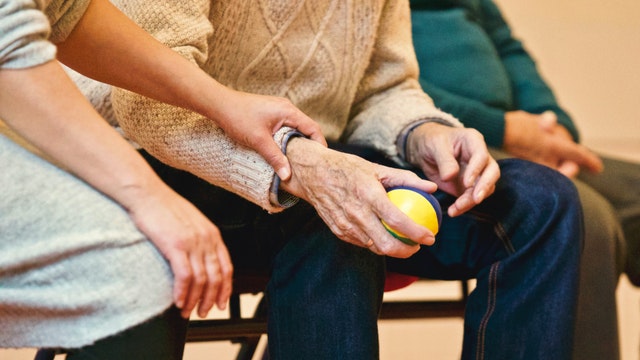There is a common misconception that choosing hospice care automatically means giving up hope. On the contrary, hospice care is not about giving up. It is an option that offers hope for both the patient and their family.
This is a contributed post and does not necessarily reflect the opinions of Meet The Harris Family.
Hospice care promotes dignity, relieves suffering and facilitates closure for the patients and their families. Hospice professionals are trained in end-of-life care, which can be provided in a private residence or a nursing home. This type of health care can also be provided in hospitals and health facilities that cater to hospice patients.
Apart from symptom and pain management, hospice care benefits offer different types of support services for the patient and their families: emotional, educational, physical and spiritual support.
What is Hospice Care and What is it For?
Hospice care is specialized palliative care for ill patients who are nearing the end of life. It seeks to improve a patient’s life quality once they’ve decided to no longer seek curative treatment.
Contrary to the misconceptions concerning hospice care, this type of care is integrative. It addresses the patient’s clinical, mental, spiritual and emotional needs. With hospice care, patients can live out their remaining days more comfortably. They can get better sleep, too.
Although hospice care mainly supports ill and aging patients, the patient’s caregiver and family members are supported through:
- Assistance with daily care
- Education on their loved one’s needs
- Opportunities for respite care
- Long-term spiritual, emotional and grief support
Hospice Care is Full of Hope

Hospice care patients often experience an improvement in their health. Even when their illnesses continue to progress, research shows the terminally ill patients who receive hospice care enjoy a longer life compared to patients who do not receive the same type of care.
With palliative hospice care, patients gain a sense of control, which offers relief. Regular visits from their hospice aide and/or nurse help them control their symptoms, reducing the need for emergency hospital visits. Plus, being at home surrounded by their loved ones can improve their quality of life. Hospice care also provides direct communication with a chaplain or a social worker who can help both the patient and their families deal with their emotional pain.
Hospice care empowers patients and their loved ones, encouraging them to hope for tomorrow. Patients need not worry about spending their remaining days cooped up alone in a facility. They can gain control over how they live their life while receiving the medical attention they deserve.
When is it Time for Hospice Care?
Ultimately, hospice care gifts patients and their families with time. Both parties can come to terms with the diagnosis and make the most of their remaining time getting their affairs in order and spending more time with one another.
But some patients and families often ask, “When is the right time for hospice care?” Indeed, are there situations when hospice care can be delayed? When should you consider hospice? Answering the following questions can help:
- “Is the patient facing a life-limiting condition or disease?” The most common conditions associated with hospice care are:
- Stroke
- Cancer
- Respiratory diseases
- Alzheimer’s/ dementia
- Cardiac and circulatory diseases
Other conditions include Lou Gehrig’s disease, kidney disease and other degenerative neurological diseases.

- “Is the patient showing signs of decline?” The following factors are good indicators for hospice care:
- Curative treatments (rehab, medications and chemotherapy) are no longer effective or cause side effects that prolong pain, suffering and discomfort.
- The patient only has six months (or less) to live if their current illness progresses.
- The patient is unable to perform daily tasks (eating, personal hygiene, transferring, dressing and maintaining continence).
- The patient has decided to stop hospitalizations, treatments and testing for palliative care.
- The patient has experienced any of the following in over four to six months:
- Declining physical activity
- More than three emergency room visits or hospitalizations
- Declining mental cognition/alertness
- “What does the patient want?” An advanced care plan (ACP) spells out the patient’s preferences for end-of-life treatment. This includes their will, a power of attorney for healthcare and (in certain states) the Five Wishes document. If the patient has made it clear that certain interventions or procedures should or should not be pursued, the hospice team can create a care plan that honors the patient’s wishes.
Hospice care is a health care decision a patient can make if they can do so. Usually, patients can ask their family and medical providers for help with this choice. But if a patient can make the decision, doctors and a hospice team can help the family make the decision.
Hospice care offers hope and better life quality for patients and their families. If you need help making this decision, get in touch with your doctor today.


